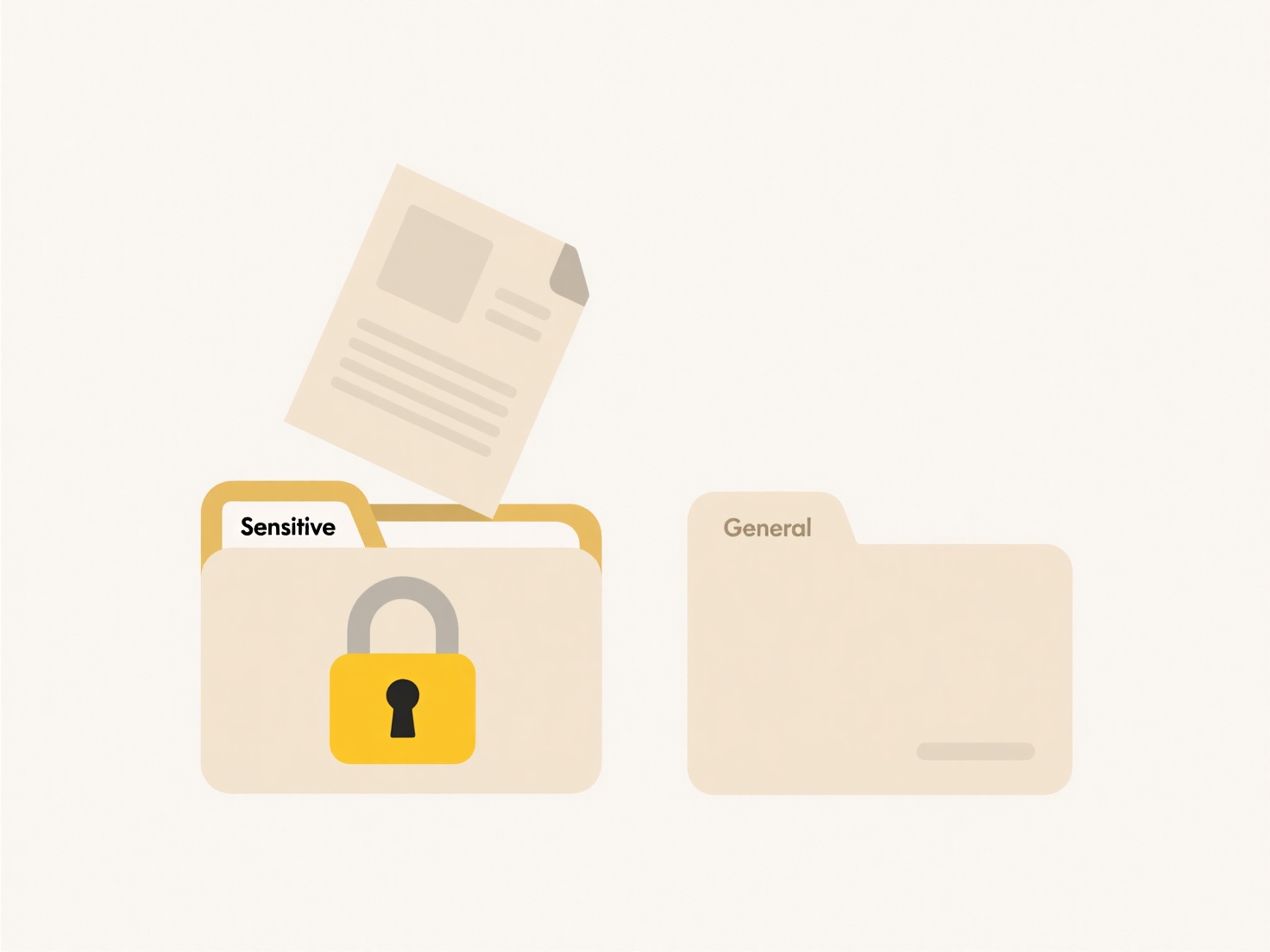
Version control systems manage drawing revisions by tracking incremental changes within the same master file identifier, rather than renaming the file itself for each new version. This approach preserves the history of changes directly linked to the original document. Renaming files to denote versions (e.g., "DrawingA_v1.dwg", "DrawingA_v2.dwg") fundamentally bypasses the core function of version control tools, which rely on checking files in and out while automatically assigning sequential version numbers internally.
In practice, design teams using systems like Git LFS, PDM software (e.g., SOLIDWORKS PDM, Siemens Teamcenter), or PLM platforms manage drawings by checking out a single file like "BRACKET-100.dwg". After edits, they check it back in; the system then saves the update as version 1.1, keeping the base filename unchanged. Cloud-based tools like Onshape or Autodesk Fusion 360 also operate this way, automatically creating new versions within the platform's history without file renaming.

Renaming files disrupts the automated tracking, searchability, and historical context provided by true version control. While simple for isolated files, it becomes error-prone and unscalable for complex projects, increasing the risk of referencing outdated drawings. Standard practice favors using version control systems for change history and relying on their internal numbering or explicit revision properties within the drawing metadata to denote versions, ensuring traceability and preventing confusion.
Can I rename engineering drawings with version control?
Version control systems manage drawing revisions by tracking incremental changes within the same master file identifier, rather than renaming the file itself for each new version. This approach preserves the history of changes directly linked to the original document. Renaming files to denote versions (e.g., "DrawingA_v1.dwg", "DrawingA_v2.dwg") fundamentally bypasses the core function of version control tools, which rely on checking files in and out while automatically assigning sequential version numbers internally.
In practice, design teams using systems like Git LFS, PDM software (e.g., SOLIDWORKS PDM, Siemens Teamcenter), or PLM platforms manage drawings by checking out a single file like "BRACKET-100.dwg". After edits, they check it back in; the system then saves the update as version 1.1, keeping the base filename unchanged. Cloud-based tools like Onshape or Autodesk Fusion 360 also operate this way, automatically creating new versions within the platform's history without file renaming.

Renaming files disrupts the automated tracking, searchability, and historical context provided by true version control. While simple for isolated files, it becomes error-prone and unscalable for complex projects, increasing the risk of referencing outdated drawings. Standard practice favors using version control systems for change history and relying on their internal numbering or explicit revision properties within the drawing metadata to denote versions, ensuring traceability and preventing confusion.
Related Recommendations
Quick Article Links
Which is better: storing files in the cloud or on a local device?
Cloud storage refers to saving files on remote servers accessed via the internet, managed by a third-party provider. Loc...
Why is my cloud storage not syncing with my computer?
Cloud syncing automatically updates files between your computer and online storage service. When syncing stops, communic...
What is a secure way to send sensitive files?
Secure file transfer involves transmitting sensitive data while protecting it from unauthorized access or interception. ...